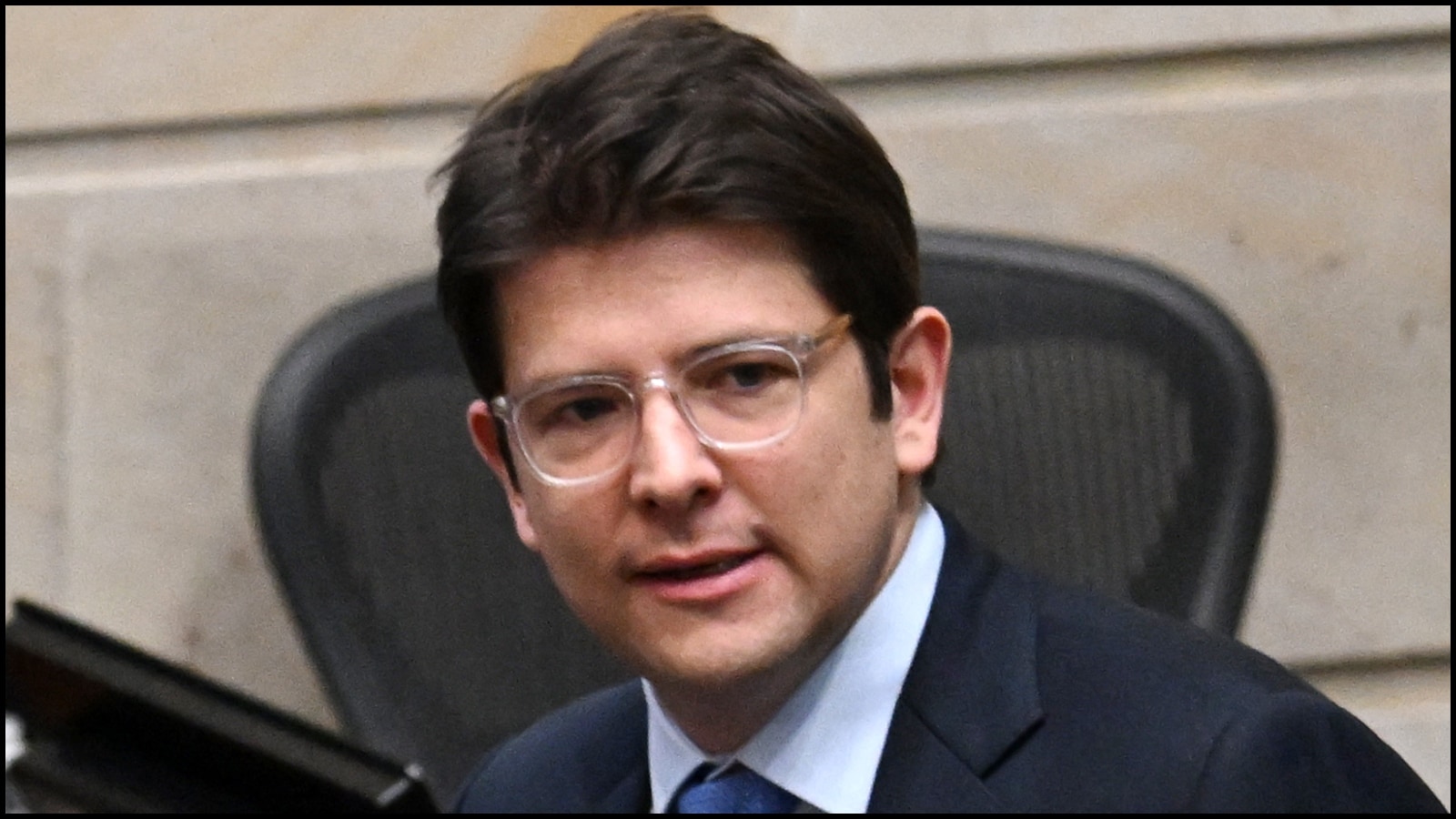Last Updated:May 12, 2025, 14:34 IST
In the LHC, the world's largest collider, scientists accelerated lead nuclei to 99.999993% the speed of light, sending them hurtling through vacuum-sealed tunnels

Scientists succeeded in producing an estimated 86 billion gold nuclei, albeit for a fleeting instant.
In a scene that feels torn from the pages of medieval alchemy, the world’s most advanced physics laboratory has managed to achieve what mystics once only dreamed of – transforming one element into another, specifically, lead into gold. But this modern-day transmutation was not the result of ancient spells or bubbling cauldrons. It happened inside the 27-kilometre ring of the Large Hadron Collider (LHC) at CERN, on the outskirts of Geneva, during a series of high-energy experiments conducted between 2015 and 2018.
According to a recently published paper in Physical Review C, scientists during this period succeeded in producing an estimated 86 billion gold nuclei, albeit for a fleeting instant. That’s roughly 29 picograms of gold – a trillionth of a gram – far too small to mint a coin or even to see, but a dazzling scientific feat nonetheless.
The process reads like a sci-fi interpretation of the periodic table. Lead and gold are neighbours on the elemental chart, with gold containing 79 protons and lead 82. Theoretically, by knocking a few protons and neutrons off a lead atom, you could arrive at gold. However, this transformation requires titanic forces that no ancient alchemist could dream of.
Enter the LHC, the world’s largest and most powerful particle accelerator. There, scientists accelerated lead nuclei to 99.999993% the speed of light, sending them hurtling through vacuum-sealed tunnels. When two such nuclei passed close to one another, their immense electromagnetic fields clashed, generating an intense burst of photons. These photon pulses were powerful enough to destabilise the nuclei, ejecting protons and neutrons in a process known as photodisintegration.
In this atomic mayhem, some of the remaining particles briefly reassembled into gold nuclei – exquisitely short-lived and impossibly rare. Most were destroyed within moments as they collided with the LHC’s walls, but their formation was detected thanks to the highly sensitive Zero Degree Calorimeters (ZDC) in the ALICE (A Large Ion Collider Experiment) detector. The ZDC measured the emission of nuclear fragments and converted this invisible alchemy into quantifiable data.
And gold wasn’t the only element born in the chaos. The collisions also produced mercury (80 protons) and thallium (81 protons) – elements just shy of lead on the periodic table. While these were more abundant than gold in the LHC experiments, it is gold’s symbolic and scientific significance that captured imaginations.
This achievement may not herald a new age of gold mining in laboratories – the amount created is cosmically small and extraordinarily expensive. But it provides valuable insights into the nuclear processes that occur in extreme environments, such as supernovae or neutron star collisions, where nature might perform similar transmutations on a far grander scale.
Location : First Published:News world Scientists Have Created Gold From Lead In The CERN Large Hadron Collider

 3 weeks ago
3 weeks ago


















